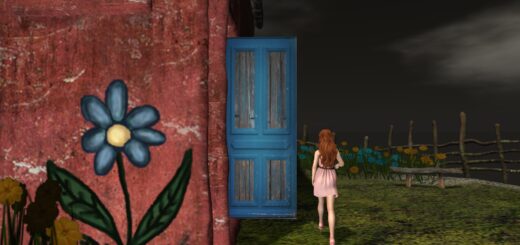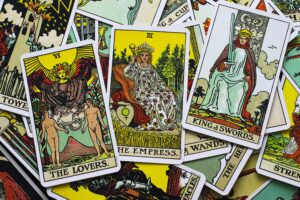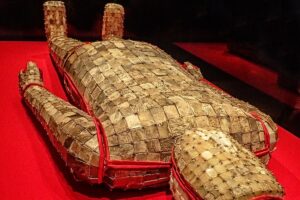4 Fun Facts to Help You Understand Tarot
The Rider-Waite Tarot deck is one of the most popular and recognized tarot decks. Symbols in the cards have references to ancient Egypt, Qabalah, numerology, astrology, archetypes, and Plato’s solids.
If you don’t have time to find the source of all these references, do not panic. You can read about these 4 facts about tarot.
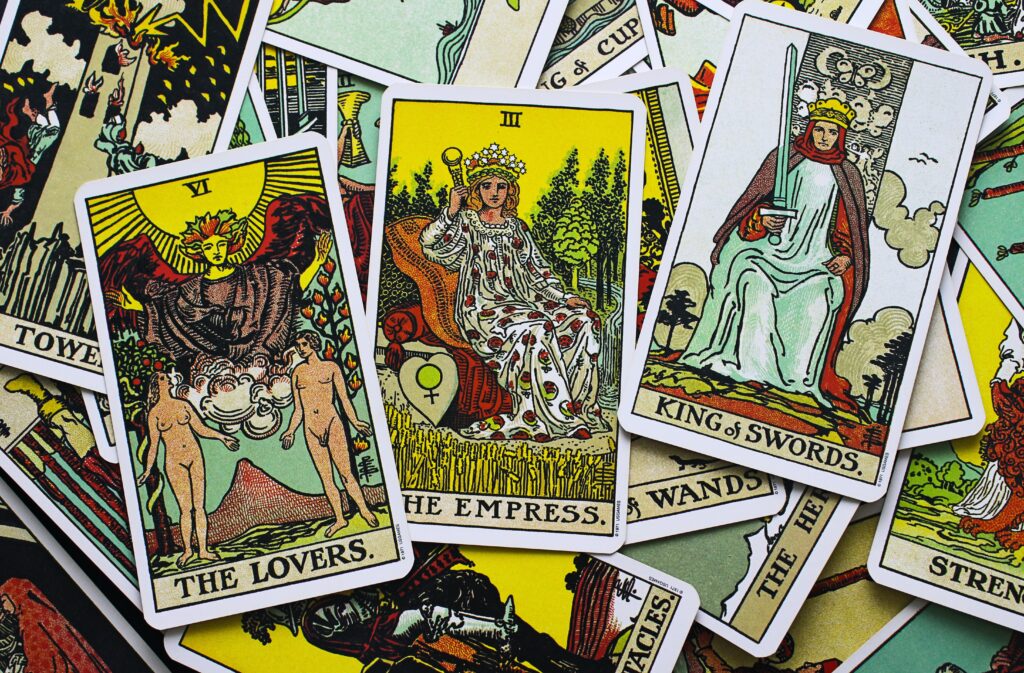
- 1. Tarot Cards Were Inspired by Ancient Playing Cards
The earliest playing cards originated in 9th century China. The Chinese played a game called the “money-suited cards”. The suits in the game were coins, strings of coins, and myriads (10,000 coins). The strings denoted larger denominations of coins, which were held by a string through the center of a hole in the coin.
In China, the cards were made from long narrow strips of bamboo. The cards were taken with traders along the Silk Road through Persia, India, and Arabia.
By the 1300s, the playing cards were adapted with Muslim motifs. The patterns of sacred geometry were from ancient Arabic culture. The cards were made from papyrus and paper.
The Trzes Mamluk deck was used for the Kings and Deputies game. This was inspired by the Mamluk Sultanate which ruled Egypt and Syria from 1250 to 1517.
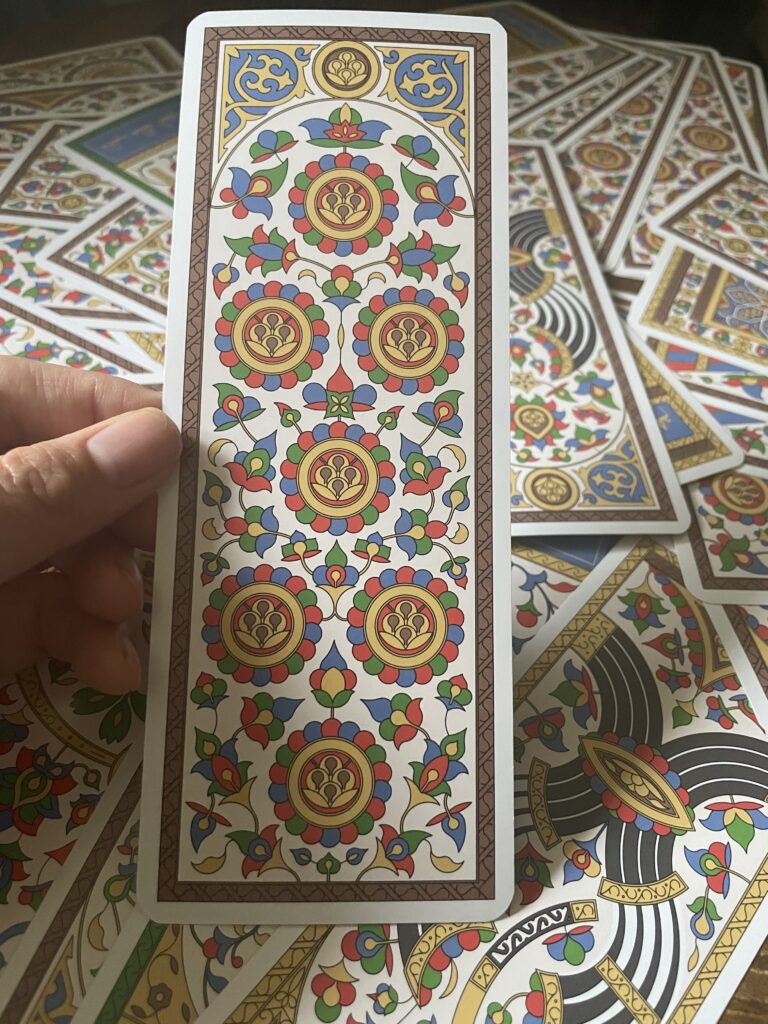
The court cards were Kings, deputy, and second deputy. The suits were coins, myriad (cups), scimitars, and polo sticks. Numbering began to take familiar form, ace through ten.
The Mamluk Trzes deck were taken by sailors around the ports of Turkey, Italy, and Spain. The Topkapi Museum in Istanbul houses an incomplete deck of Mamluk Trzes playing cards.
When it reached Italy, it inspired the game tarrochi. This is where modern term of tarot comes from.
2. Christian Themes Were Added During the Italian Renaissance
In 15th century Italy, tarot was so popular that the aristocracy commissioned hand-painted cards. Filippo Maria Visconti, the Duke of Milan, and his family were painted as figures on the Visconti di Sforza Deck.
The Triumph or Trump cards represent Christian themes and 3 cardinal virtues: Justice, Strength, and Temperance. The Visconti di Modrone cards have the same length as the Trzes Mamluk deck. The swords suit are still scimitars.
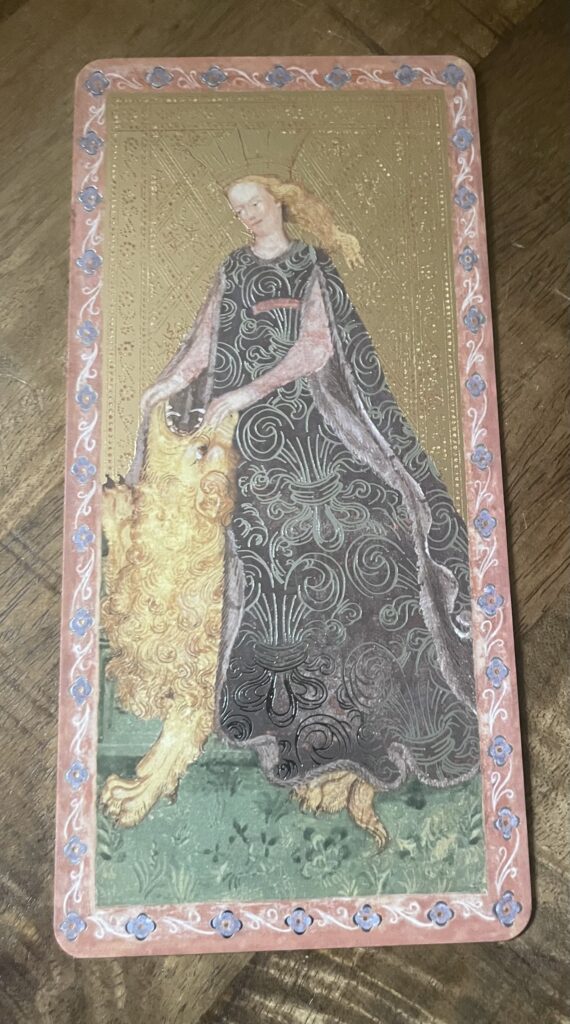
3. Tarot Reached France in the 1600s
By the 1600s, tarot arrived in France. In 1650, Jean Noblet designed the Marseilles tarot. It is recognized as one of the oldest tarot decks.
The cards were wood block printed. There are no illustrations. Each figure is arranged in precise geometric shapes. The sequence of the Major Arcana is VII-Justice and XI-Strength.
The 22 Major Arcana retained some Christian themes. The minor arcana carried over scimitars for the swords suit.
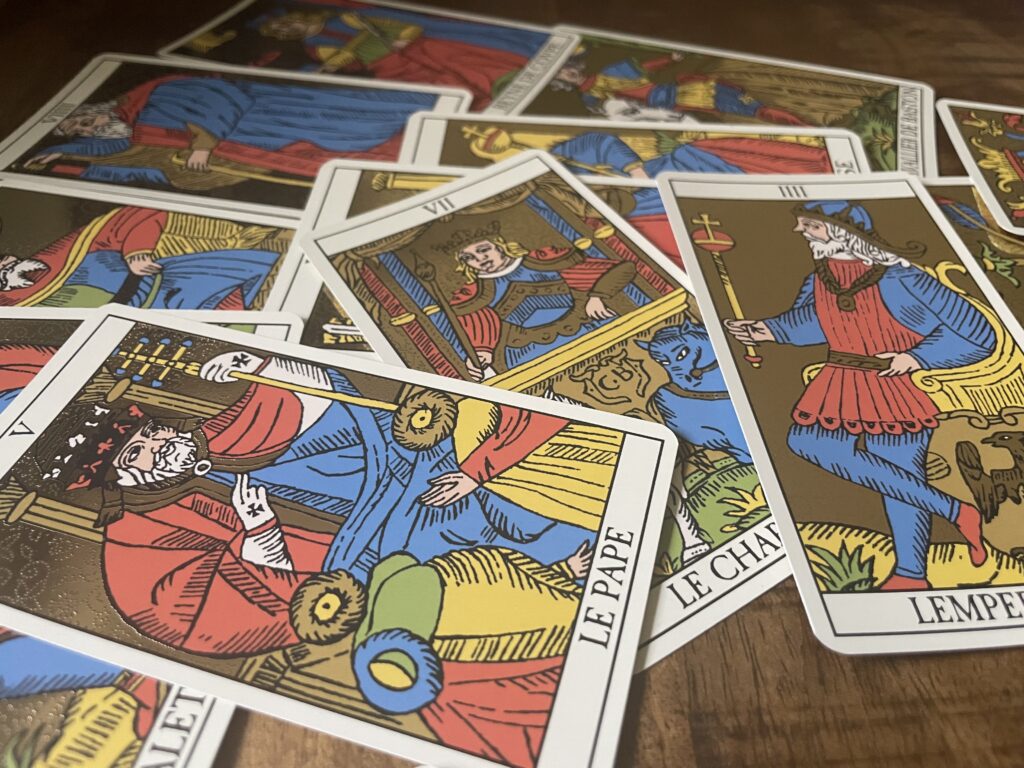
4. Rider-Waite-Colman Deck
In 1910, Dr. Arthur Edward Waite commissioned Pamela Colman Smith to create a tarot deck. Colman Smith reimagined the tarot deck. She incorporated Japanese block printing techniques for the images and her monogram PCS.
They belonged to the Hermetic Order of the Golden Dawn. A.E. Waite’s published works include The Holy Kabbalah and The Key to the Tarot.
A.E. Waite changed the designation of the Fool from the prior position between 20 and 21. He transposed IIIV-Strength and IX-Justice. He did this to align the symbols to the Hebrew alphabet and numerology.
We hope you found helpful information in the 4 Facts To Help You Understand Tarot. We’d love to hear from you: what was helpful, what was not? Did we leave anything out? Is there a specific tarot reading tool you’d like to see included here? Please leave comments below.


